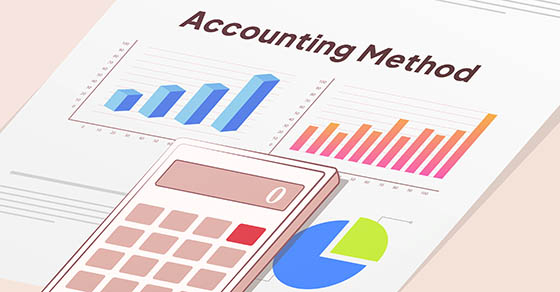With the arrival of fall, it’s an ideal time to begin implementing strategies that could reduce your tax burden for both this year and next. One of the first planning steps is to ascertain whether you’ll take the standard deduction…


With the arrival of fall, it’s an ideal time to begin implementing strategies that could reduce your tax burden for both this year and next. One of the first planning steps is to ascertain whether you’ll take the standard deduction…

Working from home has become increasingly common. The U.S. Bureau of Labor Statistics (BLS) reports that about one out of five workers conducts business from home for pay. The numbers are even higher in certain occupational groups. About one in…

Electric vehicles (EVs) have become increasingly popular. According to Kelley Blue Book estimates, the EV share of the vehicle market in the U.S. was 7.6% in 2023, up from 5.9% in 2022. To incentivize the purchase of EVs, there’s a…

Believe it or not, there are ways to collect tax-free income and gains. Here are some of the best opportunities to put money in your pocket without current federal income tax implications: Roth IRAs offer tax-free income accumulation and withdrawals. Unlike…

Having a high income may mean you owe two extra taxes: the 3.8% net investment income tax (NIIT) and a 0.9% additional Medicare tax on wage and self-employment income. Let’s take a look at these taxes and what they could…

Your businesses may have a choice between using the cash or accrual method of accounting for tax purposes. The cash method often provides significant tax benefits for those that qualify. However, some businesses may be better off using the accrual…

Divorce entails difficult personal issues, and taxes are probably the farthest thing from your mind. However, several tax concerns may need to be addressed to ensure that taxes are kept to a minimum and that important tax-related decisions are properly…

The current estate tax exemption amount ($13.61 million in 2024) has led many people to feel they no longer need to be concerned about federal estate tax. Before 2011, a much smaller exemption resulted in many people with more modest…

Buckle up, America: Major tax changes are on the horizon. The reason has to do with tax law and the upcoming elections. Our current situation The Tax Cuts and Jobs Act (TCJA), which generally took effect in 2018, made sweeping…

With the high cost of college, many parents begin saving with 529 plans when their children are babies. Contributions to these plans aren’t tax deductible, but they grow tax deferred. Earnings used to pay qualified education expenses can be withdrawn…